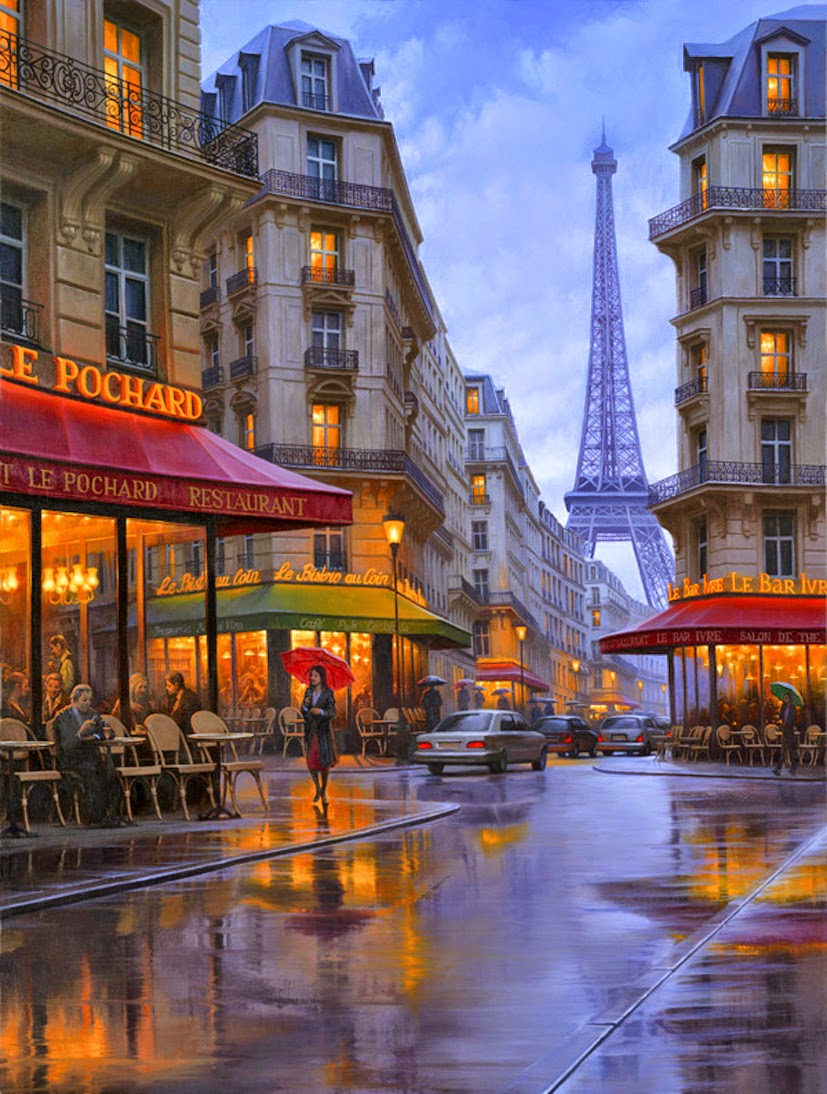In the "Furtive Message" Jules Worms (French academic painter, 1832-1924) re-creates a Spanish street as it might have appeared in the time of Goya.
The background is based on a watercolor sketch the artist made during an 1877 visit to Salamanca.
The picturesque setting forms a backdrop for a farce.
Jules Worms | The furtive message, 1877 | Haggin Museum, California







.jpg)
.jpg)


.jpg)
.jpg)



